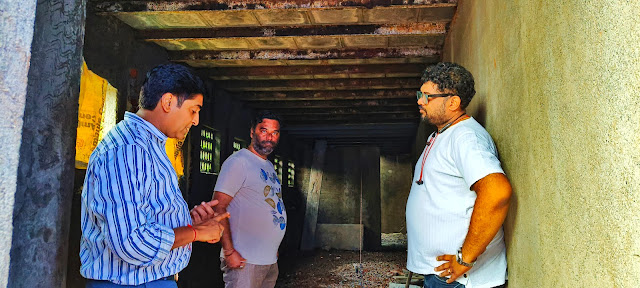Vastu tips for Indian temples by Nikhil Pattani
Indian temples should be adhered to Vastu because it is the place of peace and harmony where people generally seek God’s grace to fulfill their wishes. There are many temples which are constructed with Vastu non-adherence and even it has been observed that such temples never prosper in terms of peace and other manner. Any improper orientation and construction of temple or shrine could bring mishaps with adverse effects. Vastu provides some prominent features that must be considered while constructing a temple.
Here are some Vastu tips for Indian temples:
1. Location: The temple should ideally be built in the northeast direction of the house or plot. This direction is considered most auspicious for the worship area.
2. Entrance: The entrance to the temple should face either east or north direction. This allows positive energy to flow into the temple.
3. Idol Placement: The main idol or deity should be placed in the center of the temple or room. It is important to position it in such a way that while offering prayers, one faces east or north.
4. Floor Level: The floor of the temple should be at a lower level than the rest of the house. This helps to maintain a sacred and separate atmosphere for worship.
5. Placement of Offerings: The offerings made to the deity should be placed in the southeast direction of the temple. This is considered the direction of the Fire element, which is believed to enhance positive energy.
6. Lighting: It is recommended to have ample natural light and ventilation in the temple. Additionally, the temple should be well-lit with soft and warm lights during the evening or night.
7. Storage: Avoid keeping any storage or unnecessary items in the temple. The area should be clean, clutter-free, and dedicated solely to worship.
8. Water Bodies: If possible, a small water body such as a fountain or a small pond can be placed in the northeast direction of the temple. This is believed to attract positive vibrations and enhance serenity.
9. Bell: Hanging a bell at the entrance of the temple is considered auspicious. It is believed to ward off negative energy and create a positive aura.
10. Colors: The colors used in the temple should be soothing and conducive to meditation. White, light yellow, light blue, or any pastel shades are preferred.
Remember, these guidelines are based on traditional Vastu practices and beliefs. However, the most important aspect of a temple is the devotion and faith with which it is built and maintained.
Nikhil Pattani, a knowledgeable Real Estate Expert, blogger, sustainability advocate having more than 27 years of work experience in India and UAE. His expertise and dedication have helped more than 3,000 happy families find their dream home. Nikhil Pattani is also a prolific writer, painter, life coach, and motivational speaker who has changed many lives and helped many people fight against all the odds of life. Under his eponymous brand called 'Nikhil Pattani- Your Realtor', he is providing real estate and interior design consultancy. Additionally, he is offering Green Brokers' certification to the real estate professionals under his venture Scholars' Takshashila.


















Comments
Post a Comment